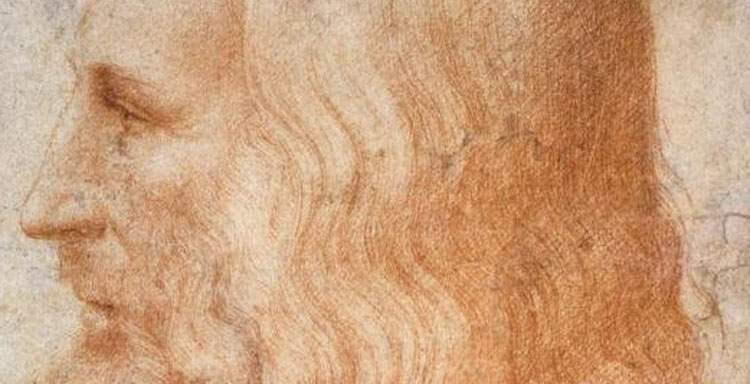Leonardo da Vinci's mother? A slave girl originally from the Caucasus: there is confirmation
Until now it was thought to be a very plausible if unconfirmed hypothesis, and as of today we have confirmation: Leonardo da Vinci’s mother, Caterina, was not “Italian,” but was a Circassian slave deported to Italy by human traffickers, sold on the market in Venice and freed in Florence. The confirmation came from the discovery in theState Archives of Florence of the act of Caterina’s liberation: the discovery is thanks to historian and philologist Carlo Vecce, a Leonardo scholar and professor at the University of Naples “L’Orientale.” Catherine, the daughter of a man named Jacob from the Circassian ethnic group, originally from the highlands of the North Caucasus, was probably kidnapped by the Tartars and taken as a slave to Italy. This is at least according to Vecce’s reconstruction: in his view, Catherine, enslaved in the Caucasus Mountains, was taken as far as the mouth of the Don River, and then embarked on the Black Sea to make a stop around 1439 in Constantinople. Here in all likelihood she was purchased by Venetian merchants who brought her to the lagoon, eventually arriving in Florence in 1442.
The document with the act of liberation was drawn up in Florence on November 2, 1452: the sheet states that Caterina, “filia Jacobi eius schiava seu serva de partibus Circassie” was freed by her mistress, a certain Ginevra d’Antonio Redditi, wife of Donato di Filippo di Salvestro Nati, who had leased her as a wet nurse to a Florentine knight two years earlier. The document bears the signature of notary Piero da Vinci, father of Leonardo, who was six months old at the time (he was born on April 15 of that year). Leonardo was Piero’s firstborn son but not Caterina’s, who being documented in 1450 as a nursing wet nurse must necessarily have had a child. “And Leonardo,” Vecce speculates, “may also have known his older half-brother, since Caterina had given birth at least a couple of years earlier to another illegitimate child with another man. Later, as we know from documents, the freed slave Catherine married Antonio Butti, known as Attaccabrighe, and lived near Vinci, giving birth to five more children, four girls and a boy. Shortly before her death, Caterina would join her son Leonardo in Milan, living with him for a time.” Piero probably met Caterina while frequenting the Castellani household, a family with whom she worked as a servant.
The announcement of the discovery was made this morning in Florence at the headquarters of Giunti Editore, where Vecce previewed to the international press her first novel, entitled Il sorriso di Caterina. Leonardo’s Mother: it is, the scholar explained, “a docu-fiction based on a true story, where the names of the characters mentioned are the real ones, found in the manuscripts I consulted.” According to Antonio Franchini, editorial director of Giunti Editore, “We are facing a historical discovery of revolutionary importance.” This judgment was also shared by historian Paolo Galluzzi, academician of the Lincei.
Image: Francesco Melzi, Portrait of Leonardo da Vinci (c. 1510; sanguine on paper, 275 x 190 mm; Windsor, Royal Collection)
 |
| Leonardo da Vinci's mother? A slave girl originally from the Caucasus: there is confirmation |
Warning: the translation into English of the original Italian article was created using automatic tools. We undertake to review all articles, but we do not guarantee the total absence of inaccuracies in the translation due to the program. You can find the original by clicking on the ITA button. If you find any mistake,please contact us.





























